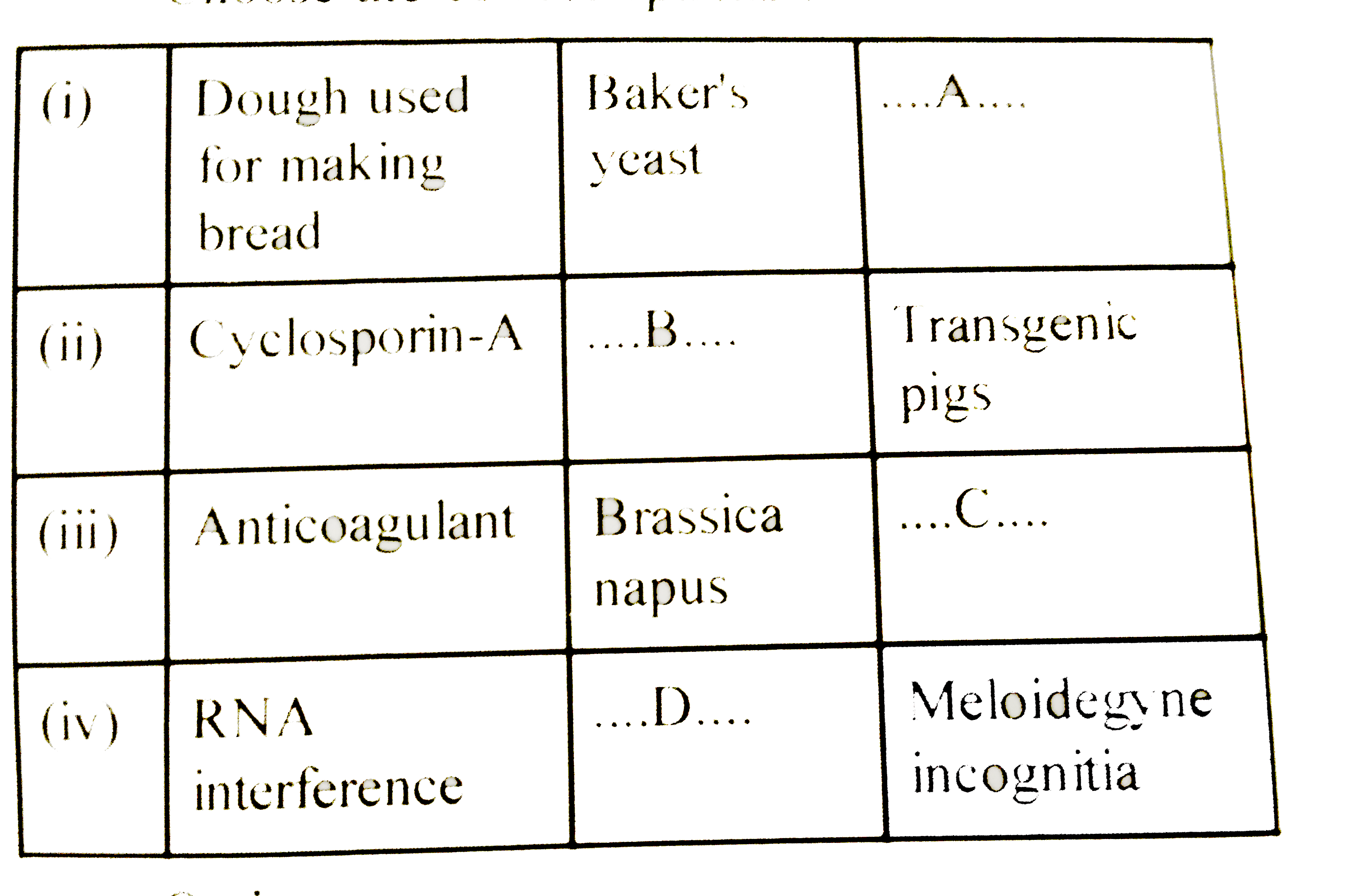Multiple choice questions (MCQs)
choose the correct option
The function of Copper-T is to prevent
Fertilisation
Egg maturation
Ovulation
Implant of blastocyst
The correct Answer is:A
Step-by-Step Solution:
1. Understanding Copper-T: Copper-T is an intrauterine device (IUD) that is inserted into the uterus to prevent pregnancy.
2. Mechanism of Action: Copper-T releases copper ions, which have a specific effect on sperm. They inhibit sperm motility, making it difficult for sperm to reach and fertilize an egg.
3. Identifying the Options:
- A. Prevent Fertilization: This means stopping the sperm from fertilizing the egg.
- B. Prevent Egg Maturation: This would imply affecting the development of the egg in the ovary.
- C. Prevent Ovulation: This means stopping the release of an egg from the ovary.
- D. Prevent Implantation of Blastocyst: This would mean preventing the fertilized egg from attaching to the uterine wall.
4. Analyzing the Options:
- Copper-T primarily works by preventing sperm from successfully fertilizing the egg, which aligns with option A.
- It does not prevent egg maturation or ovulation, as the device does not interfere with the hormonal processes of the ovaries.
- It also does not prevent the implantation of a blastocyst directly, as its main action occurs before fertilization.
5. Conclusion: Based on the mechanism of Copper-T, the correct answer is option A: Prevent Fertilization.
Final Answer: A. Prevent Fertilization
---
- A. Prevent Fertilization: This means stopping the sperm from fertilizing the egg.
- B. Prevent Egg Maturation: This would imply affecting the development of the egg in the ovary.
- C. Prevent Ovulation: This means stopping the release of an egg from the ovary.
- D. Prevent Implantation of Blastocyst: This would mean preventing the fertilized egg from attaching to the uterine wall.
- Copper-T primarily works by preventing sperm from successfully fertilizing the egg, which aligns with option A.
- It does not prevent egg maturation or ovulation, as the device does not interfere with the hormonal processes of the ovaries.
- It also does not prevent the implantation of a blastocyst directly, as its main action occurs before fertilization.
Topper's Solved these Questions
- REPRODUCTIVE HEALTHBOOK - ICSECHAPTER - REPRODUCTIVE HEALTHEXERCISE - OBJECTIVE TYPE QUESTIONS ( ASSERTION AND REASON TYPE QUESTION)
13 Videos
- REPRODUCTIVE HEALTHBOOK - ICSECHAPTER - REPRODUCTIVE HEALTHEXERCISE - MULTIPLE CHOICE QUESTIONS
38 Videos
- REPRODUCTIVE HEALTHBOOK - ICSECHAPTER - REPRODUCTIVE HEALTHEXERCISE - REVIEW QUESTIONS
15 Videos
- REPRODUCTION IN ORGANISMSBOOK - ICSECHAPTER - REPRODUCTION IN ORGANISMSEXERCISE - COMPETITION CORNER OBJECTIVE TYPE QUESTIONS ((B) Assertion and Reason Type Questions) (Fopr AIIMS aspirants)
16 Videos
- SAMPLE PAPER - 3BOOK - ICSECHAPTER - SAMPLE PAPER - 3EXERCISE - QUESTIONS (CHOOSING THE CORRECT OPTION)
13 Videos
Similar Questions
Knowledge Check
Multiple choice questions (MCQs)
choose the correct option
Expand ELISA.AEnzyme linked immuno-sorbent assayBEnzyme linked ion sorbent assayCEnzyme linked inductive assayDNone of these

